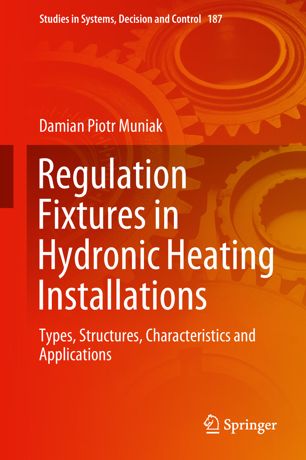

Most ebook files are in PDF format, so you can easily read them using various software such as Foxit Reader or directly on the Google Chrome browser.
Some ebook files are released by publishers in other formats such as .awz, .mobi, .epub, .fb2, etc. You may need to install specific software to read these formats on mobile/PC, such as Calibre.
Please read the tutorial at this link: https://ebookbell.com/faq
We offer FREE conversion to the popular formats you request; however, this may take some time. Therefore, right after payment, please email us, and we will try to provide the service as quickly as possible.
For some exceptional file formats or broken links (if any), please refrain from opening any disputes. Instead, email us first, and we will try to assist within a maximum of 6 hours.
EbookBell Team

5.0
90 reviewsThe book focuses on design and computational issues related to fixtures and armatures in hydronic heating installations, especially regulation valves, their selection, operating principles, types and construction. The analysis is complemented by connection diagrams, drawings, photos of the valves and computational examples of their selection and operation parameters when used in a pipework and a controlled object, like a radiator.
It also discusses issues related to the so-called valve authority, one of the main parameters determining the quality of the valve regulation process. Further, it includes an extensive theoretical framework along with a detailed mathematical analysis and proposes new algorithms, which have been verified and confirmed experimentally. Based on this analysis, the book presents the author’s analytical approach for sizing a regulation valve, as well as an innovative design solution for a regulation valve without the limitations of the valves currently available on the market. Lastly, it introduces a new verified method of calculating the valve pre-setting.
Intended for engineers dealing with heating issues, scientists and students studying environmental engineering, energetics and related fields, the book is also useful for lecturers, designers, and those operating heating installations, as well as authors of computer programs for thermal and hydraulic balancing of heating installations.